- Off-roading is all the rage, so we're breaking down which SUVs are best for what you need.
- Ford, Toyota, Nissan and more all sell hardcore (and softcore) off-road-ready SUVs.
- Whatever your needs are, there's something on our list that'll get the job done.
Off-Road Buyers Guide: Which Hardcore SUV Is Right for You?
Ford? Toyota? Nissan? Here's where the best SUV for each type of off-roader lies
Trailhunter this, TrailSport that. Don’t forget Jeep’s Trailhawk. So many of the SUVs currently on sale, whether it's a traditional body-on-frame truck or a modern unibody crossover, have some trim somewhere aimed at adventure enthusiasts. Some can conquer Moab’s toughest tracks, while others are better suited for traveling down Forest Service roads to a remote campsite, trailhead or fishing spot.
If you’re in the market for a new rugged SUV, this is your guide.
Cheap, compact and capable: Ford Bronco Sport Sasquatch
For shoppers looking for a rugged compact SUV with genuine off-road capability and everyday usability, the Ford Bronco Sport Sasquatch is a better choice than rivals like the Subaru Crosstrek Wilderness and Honda Passport TrailSport. The Bronco Sport has a boxier design that improves visibility and cargo space.
It also has an advanced four-wheel-drive system with G.O.A.T. (for "goes over any type of terrain") modes, a twin-clutch rear differential, and the Squatch gets Bilstein rear shocks with position-sensitive damping and piggyback reservoirs, providing up to 8.3 inches of front suspension travel and 8.7 inches of rear suspension travel. That’s a helluva lot of off-road kit for a stock crossover.
Compared to the Honda Passport TrailSport, which is slightly larger, the Bronco Sport has a shorter wheelbase, making it more agile and better suited for tight trails, such as those found in the Midwest and East Coast. Plus, it has 17-inch wheels on 235/65 tires, better suited for off-road travel than the TrailSport's perhaps-too-big 18-inch wheels. However, they both look equally cool for small crossovers.
The Bronco Sport’s compact dimensions, authentic off-road capabilities, and trail-oriented design provide an advantage for drivers who plan to actually venture off pavement and might get themselves into gnarlier terrain. The Bronco Sport Sasquatch is perfect for solo travelers, couples or small families who enjoy weekend camping, hiking, biking, skiing or kayaking trips but don’t need the extreme off-road capabilities or price tag of the full-size Bronco or Jeep Wrangler. If you don’t like the Bronco Sport, we suggest considering the Subaru Crosstrek Wilderness as an alternative to the Passport due to its superior ground clearance and approach angles.
Should I buy a Bronco or a Jeep Wrangler?
Ford reintroduced the Bronco in 2021 to capture a share of the sales from the popular Jeep Wrangler. Both of these body-on-frame midsize SUVs have retro front ends with round headlights, available 35-inch tires, and front and rear locking differentials, and both allow you to remove the doors and roof to enjoy open-air driving. The key difference lies in their front suspension setups. Jeep Wranglers have traditionally utilized two solid axles for maximum articulation and off-road capability, while the Bronco employs an independent front suspension system. The Bronco's advantage is that it provides a more comfortable ride when cruising I-70 to and from Moab. Bilstein shocks are included with the Sasquatch package.
The Jeep might have more axle articulation available, but the Bronco has more ground clearance and a higher payload, allowing for adding items like roof tents, fridges and other camping gear. If your adventures will involve more challenging terrain (for example, trails marked “blue” or “black” on the OnX Offroad app), the Bronco Sasquatch or Jeep Wrangler Rubicon, which both add 35-inch tires and locking diffs among other off-road enhancements, are the trims we'd recommend.
We’d recommend the Bronco over the Jeep for its superior ground clearance, payload, and on-road handling demeanor, but the Jeep will be just as capable — and you can start collecting rubber ducks.
What if I want to start camping and overlanding?
Overlanding is a term for self-reliant adventure travel to remote locations, and it’s been rapidly gaining popularity in the United States. You could say that the buzz around off-road adventure travel is the reason marketing departments are cashing in. However, most vehicles marketed for off-roading are not necessarily best suited for overland travel that can last days, weeks or months.
Skip the Subarus, Hondas and other soft-roaders; start with legit body-on-frame vehicles. You'll need four-wheel drive with one or two locking differentials and a good set of all-, rugged- or mud-terrain tires. Also, be mindful of the vehicle's payload rating, which indicates the maximum weight the truck can safely carry. You'll also want ground clearance of at least 9 inches, as well as acceptable approach, breakover and departure angles.
Don’t let names like Trailseeker and TrailSport deceive you — nothing on the market is as capable for overlanding as the Toyota 4Runner Trailhunter, Ford Bronco Sasquatch and Lexus GX Overtrail. So, which one should you buy?
The 4Runner Trailhunter, the SUV most marketed toward overlanding, actually has the lowest payload of the trucks mentioned above. It does have heavy-duty Old Man Emu shocks from Australia’s ARB, skid plates, rock sliders, a roof rack, intake snorkel, and 33-inch all-terrain tires (albeit on 18-inch wheels), but the 4Runner Trailhunter can only haul 1,000 pounds. That’s including passengers and cargo, and if you plan to secure a roof tent, you’ll probably need a larger roof rack than the stock one.
So, we’d skip the Trailhunter, as cool as it is, and equip a Bronco Sasquatch, which has a payload rating of around 1,400 pounds, for overland travel. That extra 400 pounds — not to mention the front locker and larger tires — will come in handy if you plan to go on some serious adventures. The Everglades model adds an intake snorkel and a factory-installed Warn winch to pull you out of sticky situations in the backcountry.
A few extra bucks will get you a Lexus GX Overtrail, which is essentially a more luxurious version of the Toyota Land Cruiser, the most legendary overlander of all time. It features a larger engine than the Land Cruiser's, 33-inch all-terrain tires (unavailable on the Land Cruiser from the factory), and a higher payload capacity of 1,490 pounds. It also has Toyota’s e-KsDSS system, which electronically disconnects the anti-roll bars for more articulation off-road, though some off-roaders would prefer it didn't to make modifications easier. That said, we're testing a GX in our One-Year Road Test fleet, so stay tuned to hear if it needs those mods at all.
My family wants to explore national parks and public lands
There are plenty of off-road-capable SUVs that will get you in and around our nation’s park system and public lands that aren’t as hardcore as a TRD Pro or Raptor. If you have a family of four or more, you’ll likely need something bigger than a Honda Passport or Toyota 4Runner. Midsize three-row SUVs such as the Kia Telluride, Hyundai Palisade and Ford Explorer all offer rugged trims that cater to an adventurous lifestyle.
Ford is preparing to unveil a more hardcore Explorer Tremor, replacing the Timberline, and it should have impressive off-road capabilities. You can go ahead and wait for that, but in the meantime, there are off-road-focused versions of the Kia Telluride and Hyundai Palisade. The Telluride X-Pro and brand-new Palisade XRT Pro also have locking differentials and tires that are more off-road-oriented than the street-focused versions of the two.
Something worth noting: A new version of the Telluride is expected soon, and we think whatever Kia unveils will have a new, and even more capable off-road version available at launch. You might want to wait and weigh up your options then.
Need a full-size rig?
If a midsize SUV is still too small, numerous automakers offer off-road trims on their full-size rigs. For the first time since the 1997 model, you can get a Land Cruiser with three locking differentials (front, center and rear) in the U.S. It’s technically a Lexus LX 700h Overtrail, but the full-size luxury SUV has always been based on the Land Cruiser. It rides on the same platform as the 300 series Land Cruiser that’s sold elsewhere in the world, and it has the same twin-turbo V6 engine.
The Overtrail model includes the front locker, 33-inch all-terrain tires, and underbody protection. Triple-locked Land Cruisers are among the most sought-after models in the off-road community, renowned for their exceptional durability and impressive off-road traction, so the LX Overtrail will certainly hold its value. It will cost an arm and a leg, and you might not want to take it on challenging terrain thanks to its luxury trappings, but if you find yourself among deep mud, loose rock, or sinking sand in a triple-locked LX, you’ll have a better chance of getting out and the adventure continuing.
Don’t worry, there are plenty of options under $100,000. Nissan finally has a serious full-size off-road SUV contender in the States. The Armada has been around for a while now, while overseas got the legit Patrol. Now, we get it, too, in the form of the Armada Pro-4X. It has up to 9.6 inches of ground clearance, impressive approach and departure angles that will protect its plastic bumpers more effectively than a Toyota Sequoia TRD Pro, and a locking rear differential. Plus, its on-road manners are hugely impressive. It looks the part, too.
I just want the most capable SUV out of the box
OK, hotshot. Get a Bronco Raptor. It’s basically a modified rock crawler and desert runner from the factory, and it does both with talent and capability to spare. It has 13 inches of suspension travel in the front and an additional inch in the rear, allowing the 3.1-inch-diameter Fox internal-bypass external-reservoir shocks with Live Valve technology to drop 37-inch tires onto the dirt. When we first drove it, we were completely blown away, and there's very little that can realistically hold a candle to what Ford Performance has done to its toughest Bronco yet.


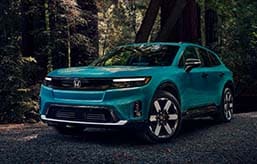

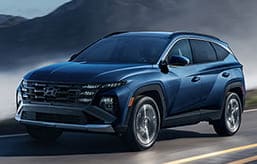
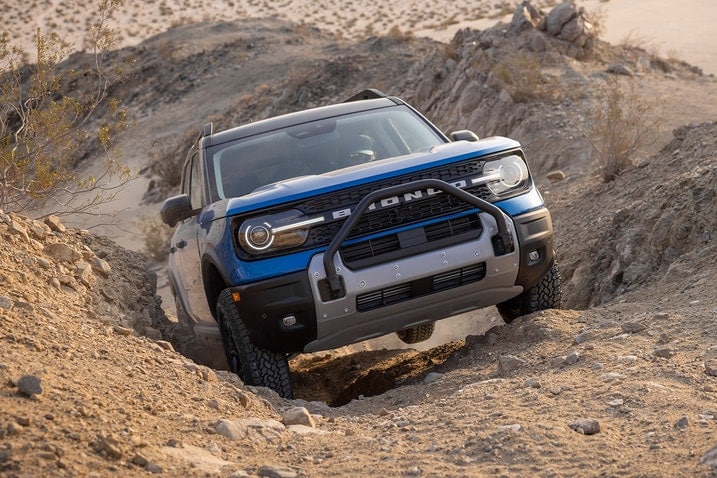
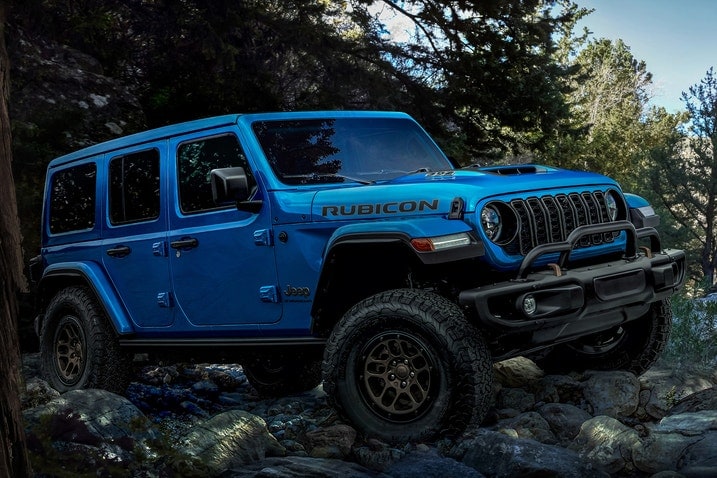

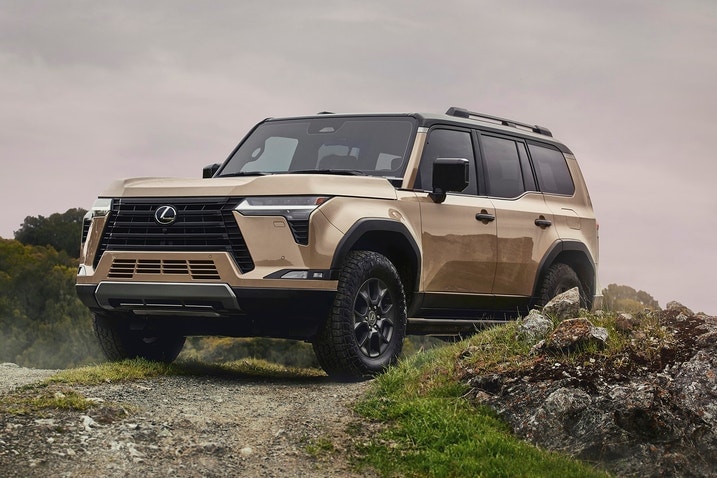
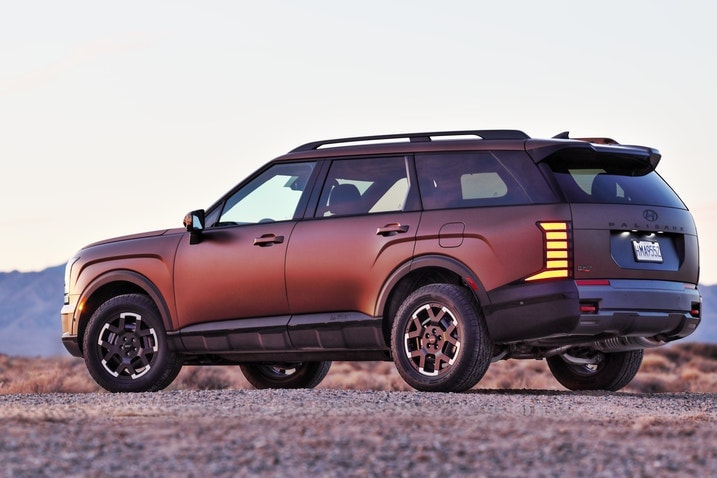
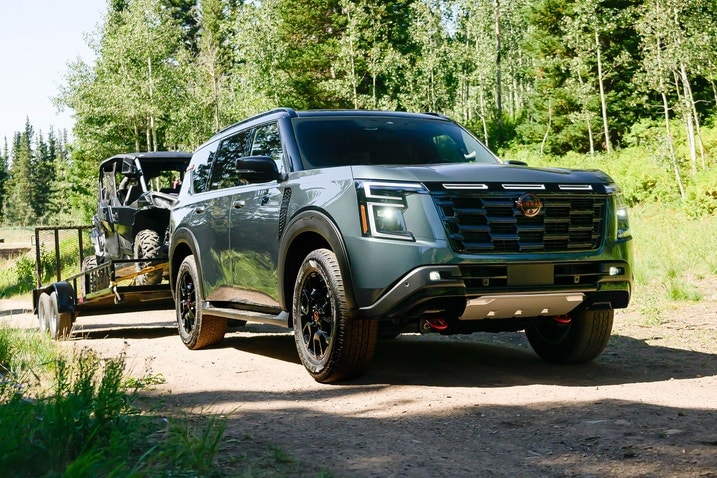
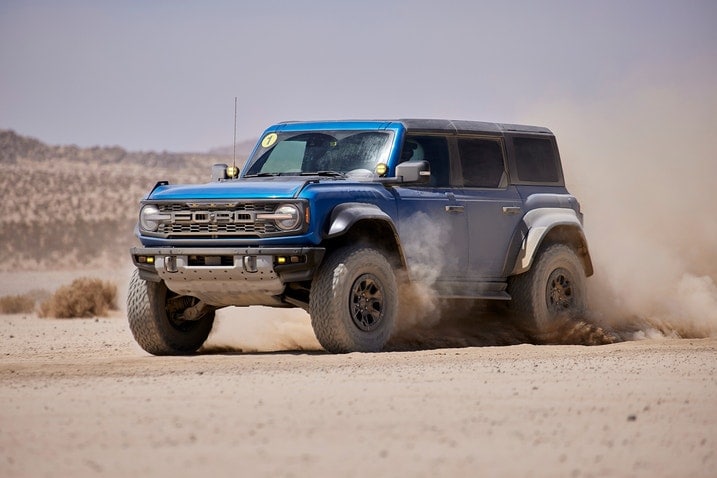
.jpg) by
by  edited by
edited by